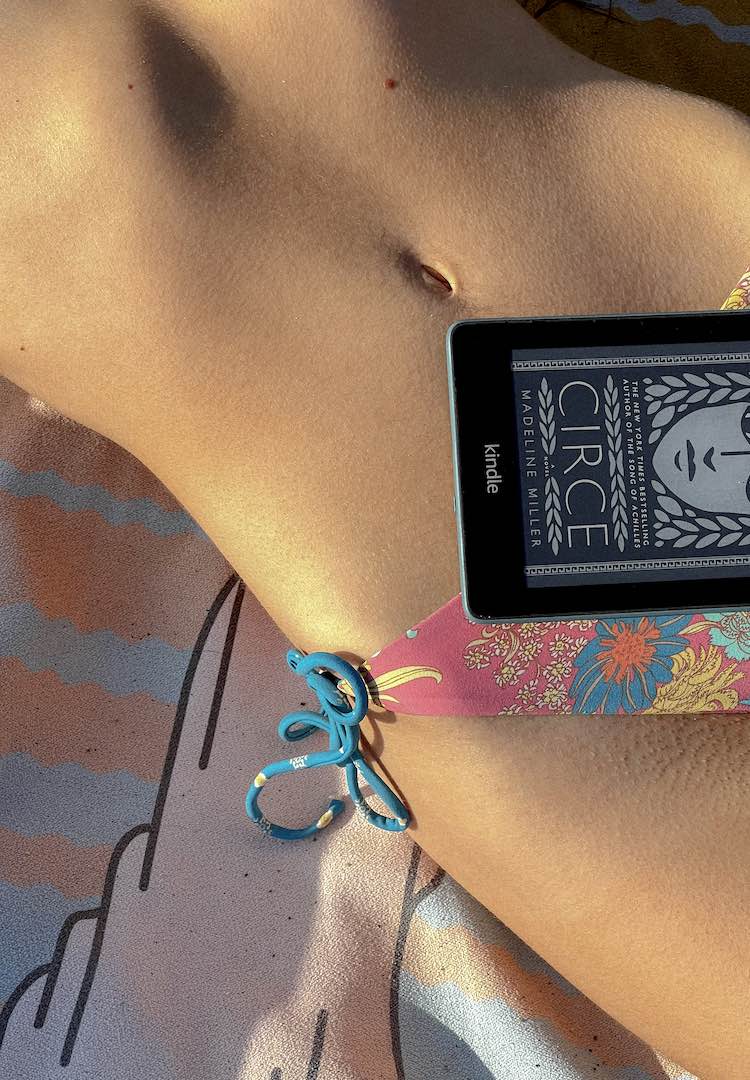What to expect when getting an iron infusion
WORDS BY INDIA CURTAIN
“From about five days after the procedure, most people report that they have more energy and have had a ‘battery recharge’.”
I recently discovered I’m in need of an iron infusion. While I already knew I was iron deficient – I’m not alone, it’s estimated around 1.1 million Australians are – the idea of an infusion is foreign to me. According to the internet and my doctor, an iron infusion is a procedure that acts faster and is stronger than supplements.
Friends who’ve had one said that after a few weeks, it made a noticeable difference to their energy levels and general health. As a constantly tired girlie, it seems like a pretty worthwhile procedure but I still want to know more before I commit to it.
Kickstart your wellness journey over at our Health section.
To find out what I’m in for, I spoke to Dr Melody Jackson, the Principal Doctor at Breastfeeding and Beyond. She explained what an iron infusion involves, how it feels and how it might affect my bank account.
What is an iron infusion?
An iron infusion is a medical procedure, where a high dose of iron is administered intravenously [into the vein], with the goal to quickly raise iron levels in the blood. It takes around 30 minutes and can be done in some general practices, [and] specialised infusion clinics.
Who can get an iron infusion?
When looking at blood results, we look at the level of ferritin in the blood as ferritin is the blood protein that contains iron and helps transport oxygen around the body. Low levels of ferritin leads to iron deficiency anaemia. If the ferritin level is very low, you may be eligible for an iron infusion. Every case is different and it is important to speak with your family doctor to see if this would benefit you.
How does one go about getting one?
The first step is to have your blood levels measured to assess whether you have an iron deficiency. If your level is mildly low, you could take some oral tablets to help increase the level. If your level is extremely low, you could discuss with your doctor whether you could receive an iron infusion.
How does an infusion differ from taking a tablet?
Iron supplements work quite slowly in raising your iron levels, and if your levels are already low, especially with other causes such as heavy periods or pregnancy, it can be really difficult to raise your iron levels with tablets alone. This is why iron infusions are helpful to get you feeling better sooner.
Can you explain how the procedure works?
Firstly, you’ll have the procedure explained and be given an opportunity to ask any questions. Once you are happy to proceed, a cannula [a thin tube] is inserted into a vein in your arm. It’ll be taped down and will stay there for the remainder of the procedure.
The medication is then slowly transfused via the cannula over a period of 20 to 60 minutes. Once this has finished, the healthcare provider will flush some salty water through and then remove the cannula. After monitoring you for a further 20 minutes, you will be free to go home so long as you are feeling well. We recommend not doing any heavy lifting with the arm that had the cannula for 24 hours.
How can you expect to feel during and after an iron infusion?
During the infusion, you get to sit back and wait while the medication is infused slowly. Most people don’t feel anything at all, though occasionally you may feel a headache, a flushing feeling or nausea. After the iron infusion, most people feel fine and go about their normal life.
Occasionally, you may feel an ongoing headache, a fast heart rate, muscle pains or a brief change in bowel habits. From about five days after the procedure, most people report that they have more energy and have had a ‘battery recharge’.
Is it expensive?
The costs vary depending on where you have it done, but in Australia, there is generally a gap fee of around $100 to $250. Medicare will generally cover at least part of the cost.
Is there anything else to expect?
The main risk of the procedure is that the medication, which is very dark in colour, may stain the skin, causing a permanent brown stain that looks like a bruise. This happens in less than 1 per cent of cases and care is always taken to do our best to prevent this.
For more on iron infusions, try this.













